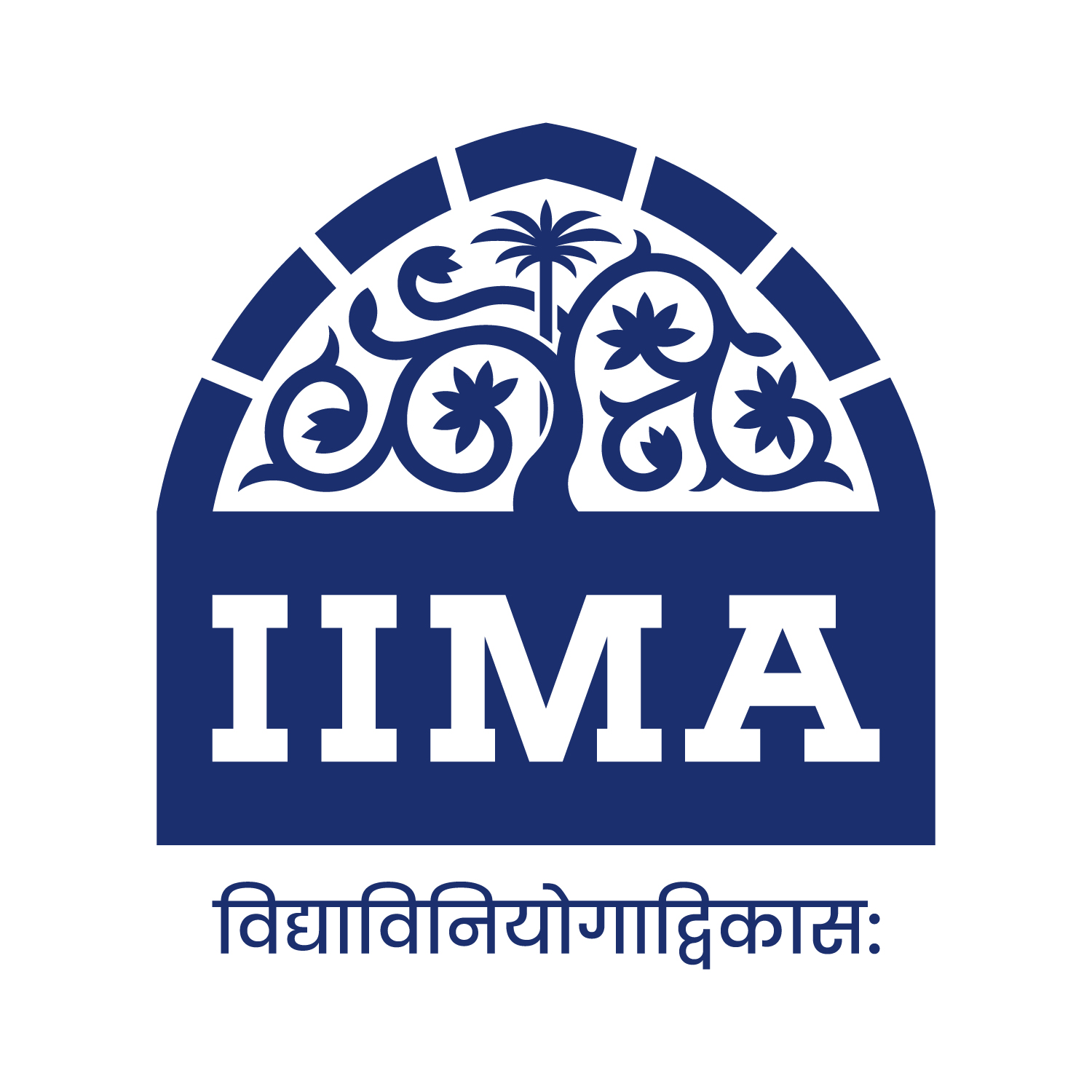THE CURIOUS CASE OF FIRM X VERSUS FIRM Y
The Key to Maximising Your Portfolio Returns
The author of the article, Shilpa Gupta (PGP 1996) is Director – Strategy and Business Development at SageOne Investment Advisors LLP. She is also a member of the national committee of Confederation of Indian Industry (CII) on integrity and transparency in governance, and also of CII working groups on ethics in healthcare and higher education. She is the bestselling author of two novels – ‘Ananya – A Bittersweet Journey’ published by Rupa Publications and ‘Double or Quits’, published by Jaico. She is a regular speaker, moderator, and panelist at several corporate and literary events. She can be reached on LinkedIn, Facebook and Twitter.

‘Read the fine print carefully before investing’. You would have of course heard this line a million times whenever considering investment in an equity product. Important as this may be from a legal and technical standpoint, it doesn’t help the investor evaluate the quality of the investment. The investor has to go beyond this and commit his/her time to research the fund manager and the firm he/she represents. While it is critical to understand the investment philosophy of the fund (PMS/AIF/MF), an investor must also be equally cognizant of the other aspects of the fund. An understanding of the same would be critical to the alpha generation on the portfolio.
Here, I have compared two fund management firms, let us call them Firm X and Firm Y, to give an idea of how firms differ across the spectrum.
WALK THE TALK
FIRM X: The firm X would deviate from its espoused investment philosophy, and this, unfortunately, is quite commonplace. Some specific instances of this:
1. A portfolio manager says that for him good corporate governance is the most important filter, however, a quick glance at the portfolio shows that 3 out of 20 investments have serious corporate governance issues
2. The firm believes in Long Only/Buy and Hold strategy, but has an annual churn of ~300%
3. The firm launches a small-cap fund which will have high-quality ideas and targets fundraise of >Rs1000 crore. To accommodate this quantum of fundraising in this space, the firm will have to seriously go down the quality curve
4. The firm will say that they have concentrated portfolios but will go beyond the mandated number of stocks, seeking comfort in diversification, especially in distressed times
5. The firm will posture themselves as an active fund manager but will hide behind large/seemingly safe/popular bets and tend to be more passive
So as they say, not only read the fine print carefully but also try and match the portfolio (past one will do if you don’t have access to the latest) with the said investment philosophy.
FIRM Y: This firm will stay true to its investment philosophy and will not deviate from it, irrespective of the market environment. While different investment strategies may work over different periods of time, no investment strategy will work across all time periods. Firm Y understands this and has the patience and discipline to stay true to course. An investment strategy may underperform for short periods of time and during those times there may be strong temptation to shift to another-in-flavor strategy. However, switching strategies depending on the change in the environment is almost guaranteed to yield no results.
NUMBER OF OFFERINGS
FIRM X: Will have a large number of offerings and will keep coming out with new ones, all based on different investment philosophies (blue chip, value, growth, special situations, cyclical, thematic, etc). In any given scenario, some of these offerings are bound to deliver returns. The firm does not mind closing its offerings if they don’t work (shift investors from one to the other) and also selectively highlight the performance of its top-performing offerings even if they are the smallest ones. This firm will create new offerings just because they may sell, rather than because they are good investments.
FIRM Y: Will typically stay away from the ‘Spray and Pray’ philosophy of having multiple offerings with varying investment philosophies. This approach does not allow the firm to hide behind outperformance of some of its offerings while others may underperform. Also, the performance of all the offerings is shared in a detailed and transparent manner.
FUNDRAISE PHILOSOPHY: CHASING RETURNS OR AUM
FIRM X: The firm will keep its funds open all the time irrespective of its size and the markets. They may in fact actively launch new funds in rising and frothy markets when investor sentiments are easy to tap into to build AUM (assets under management) with little regard to investor interests. They are firm believers in ‘make hay while the sun shines’ with regards to fundraising.
The markets are quite often liquidity and sentiment-driven. A recent case in point is the market run in CY17. While the Nifty50 and S&P BSE Sensex rose 31% and 30%, respectively, BSE Mid-cap and Small-cap indices rallied 52% and 64%, respectively, during the same period
There were several funds that raised funds through new offerings (or existing ones) during this period, especially at the top of the market. With the markets rising through the year in an almost linear manner with positive MoM returns in all the 12 months, investor sentiments were riding all time high. It was very easy to raise funds and build AUM. The mutual fund collection in 2017 was 80 percent of the total collection in the last decade.
However, this kind of market movement without significant change in underlying fundamentals had led to valuations rising substantially, and investors came in at bloated valuations. Then as the markets corrected over 2018 and 2019 with valuations becoming more realistic, the investors who had come in at the peak suffered heavy losses in their portfolios. Many exited with losses, probably never to come back to the markets again.
FIRM Y: Their offerings are not open throughout the year for new subscriptions. This firm raises funds only during short and limited windows. While this firm may not believe in timing the market regarding investments, it will raise fresh funds from new investors only when it feels that valuations are in favour of investors from a medium-to-long term perspective. Firm Y will desist from raising fresh funds during periods of stretched and frothy valuations even though it would be much easier for it to build AUM during such periods. Instead, it will look for periods when valuations are attractive (even though such periods may be out of general favour) and raise funds during such times so that its investors start with an advantage.
QUANTUM OF FUNDRAISE IN A PARTICULAR STRATEGY
Any particular strategy of an offering will support a finite fund size to yield optimal results. This optimum fund size is mostly based on the liquidity, the universe of companies that are investible, fund’s percentage holding in the company, impact cost of investing, and associated risks. Once that threshold of optimum size is crossed, a bigger fund size provides headwinds (gravity) to the performance through additional risks associated with:
1. Going down the quality curve in terms of the number of companies that would need to be invested in
2. Having a large number of companies in the fund and thus effectively closely replicating the index and denying an investor the benefit of active fund management
3. Taking larger positions in the stocks than would prudently meet the risk mitigation parameters
FIRM X: Primarily chasing AUM, Firm X will continue to raise funds in the strategy even after crossing the optimum AUM that the investment strategy supports. This, in turn, would adversely impact the returns of the portfolio.
FIRM Y: Will remain firmly focused and committed to its goal of compounding returns on capital for investors, so as to preserve its purchasing power and enhance it. Its focus area will remain to generate returns for the investors, and not building AUM. This firm will have defined target to be raised in a particular strategy and once it reaches that, it will close its offerings for new subscriptions.
MARKETING TOOLS
FIRM X: This firm would have dazzling presentations, brochures, websites, and social media presence. It would employ sophisticated and expensive PR agencies, that would guarantee high media visibility. It will have an internal PR department that would be ready with commentary on all topical issues which would then be shared with media in bite-sized portions.
FIRM Y: This firm is typically media-shy, will have limited media footprint, sticking to its core philosophy that anything that doesn’t help in adding returns to investments is a distraction. Its strongest marketing tools will be the returns it has generated for its investors, thematic investor newsletters and word of mouth from investors and investment community.
FEE STRUCTURE AND EXPENSES
FIRM X: The firm X will have a high fee structure, would market flat fee structure and have high internal expenses. They will charge set up fees (upfront), and have high fee sharing percentage with distributors.
FIRM Y: This firm will lay stress on a variable fee structure. The variable fee structure best aligns the interest of the fund manager as well as the investor. The firm makes money when investors make money. This firm is also typically frugal and runs a tight ship in managing its own expenses, passing on the benefit of scale and low expenses to investors by way of reduced fees.
INVESTOR EDUCATION AND COMMUNICATION
FIRM X: The firm does little or nothing to warn its clients that equity markets do not always go up, that returns in equity markets are non-linear in nature, that past performance is just that – past and is in no way future guidance and that the markets are riskiest precisely when they seem to be the safest.
FIRM Y: This firm will highlight the risk of equity investments to its investors over and over again. It will highlight that even with the best risk mitigation strategies in place, risk of loss of capital is a real risk especially in the short term, that equity returns are non-linear and that markets can stay irrational for long periods of time. It will encourage only those investors who have the required risk appetite, have seen at least one market cycle and have long term investment horizon.
In real life, a fund management firm is unlikely to be pure Firm X or Firm Y but would have a mix of characteristics of both. An investor though would be better off investing with a firm that has more shades of Firm Y than of Firm X. A lot more spadework may be required to find Firm Y, but given that it is your hard-earned money, well worth the effort.

